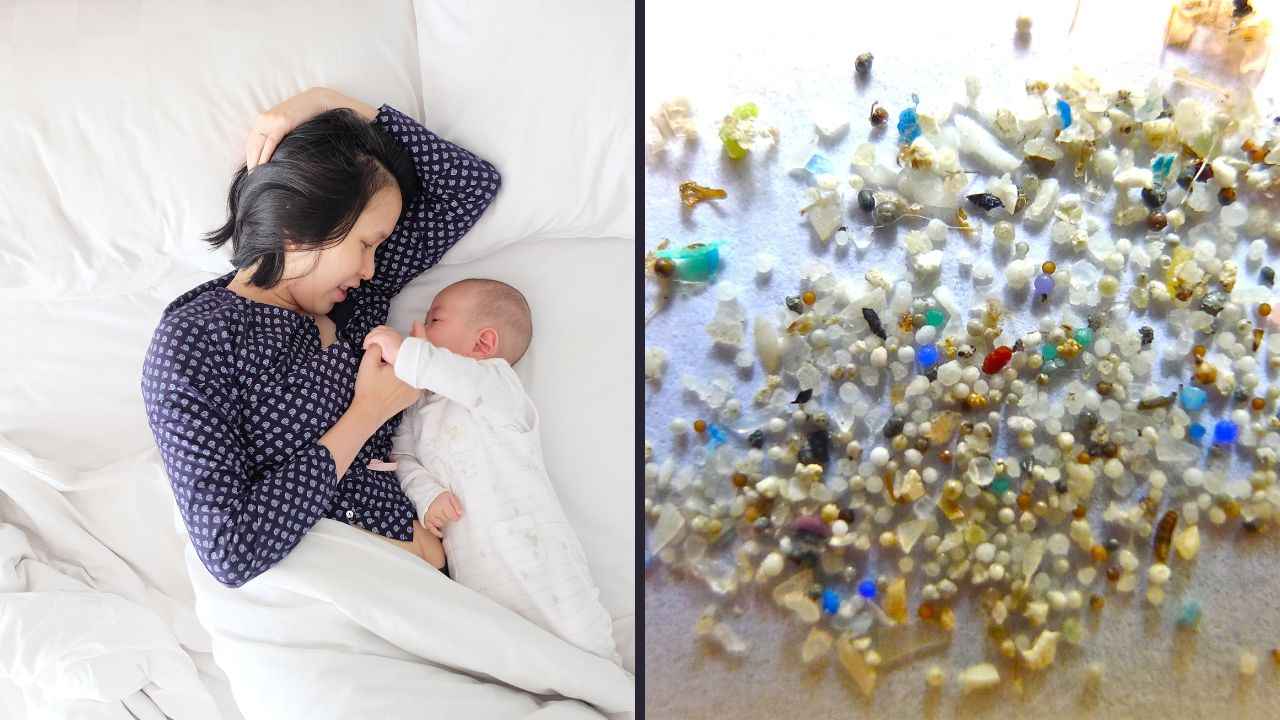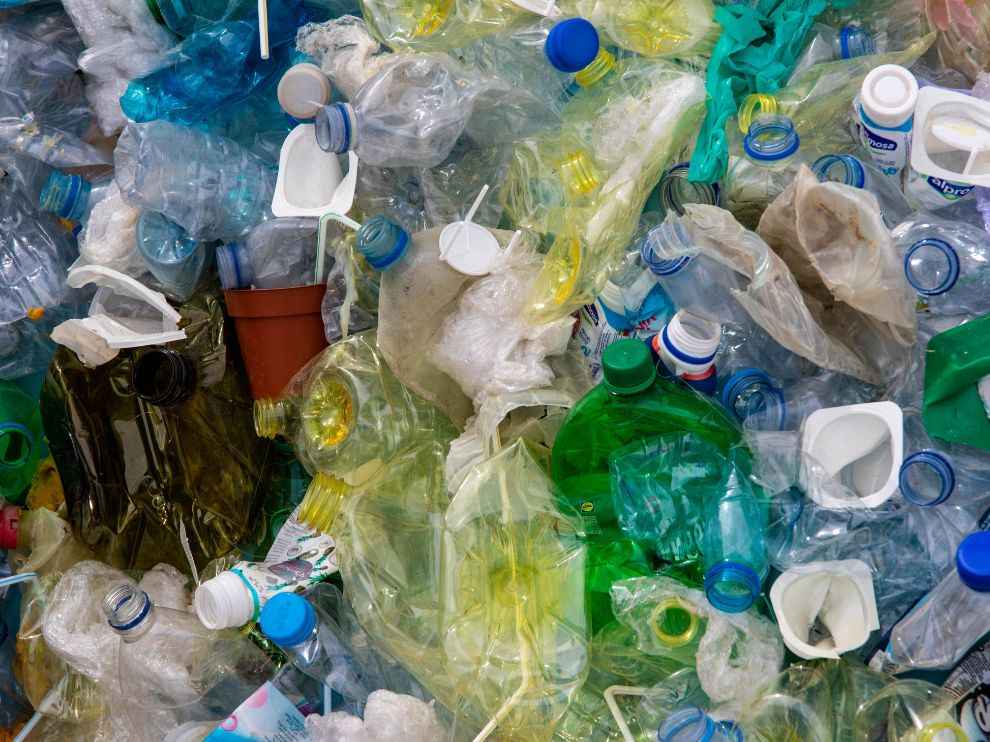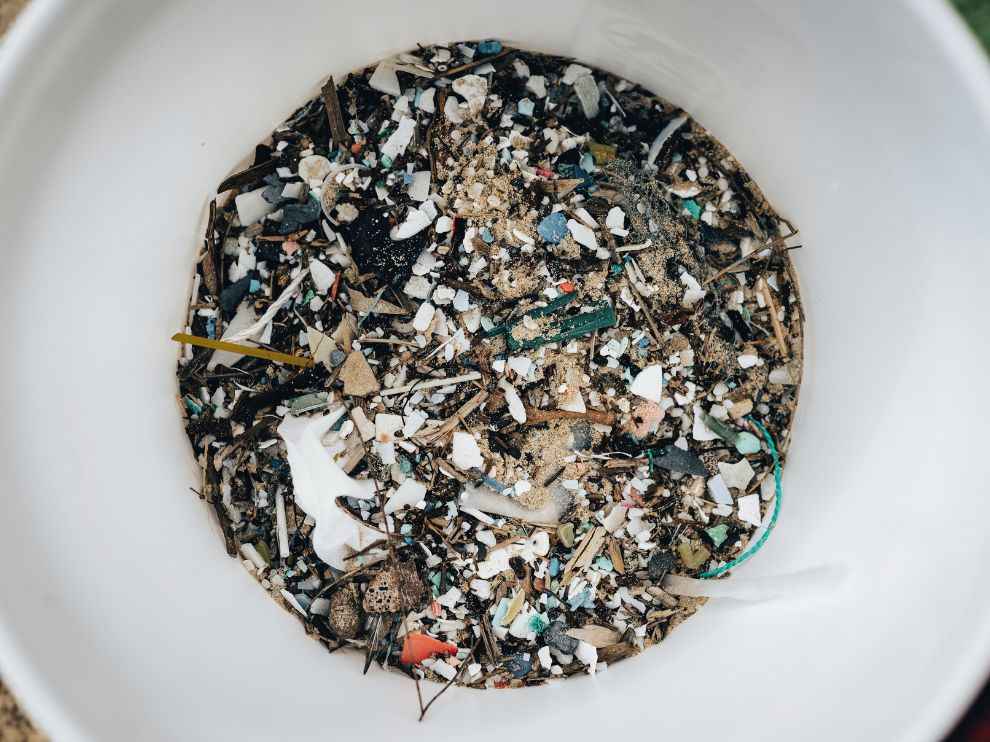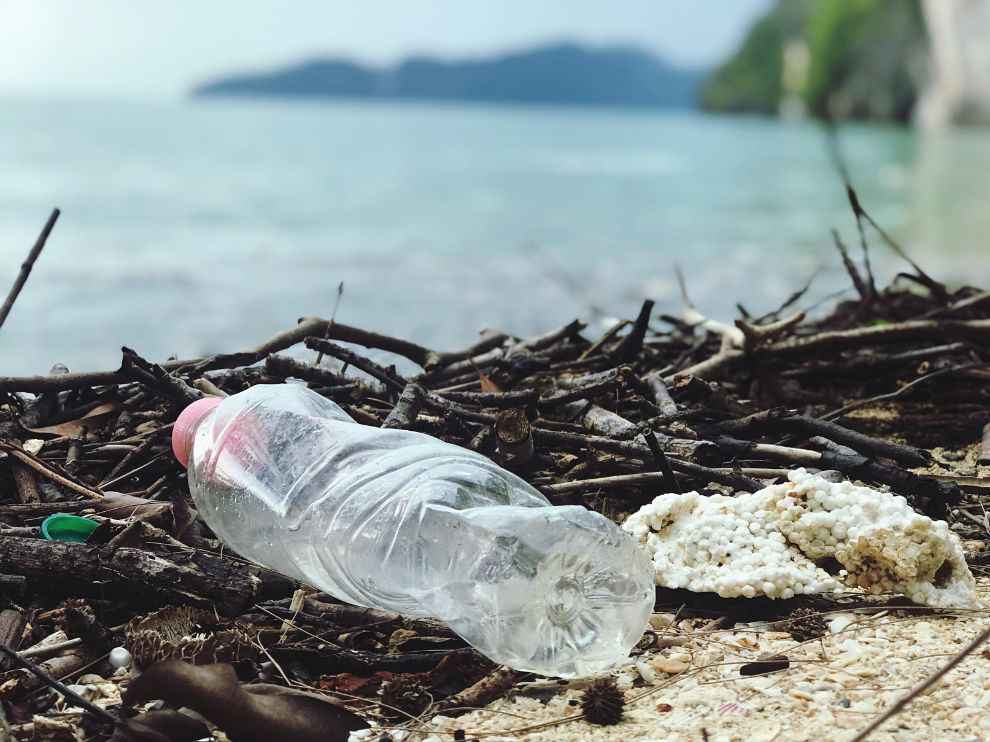Microplastics everywhere, every time: Is your infant drinking microplastics?

A recent study published in the National Centre for Biotechnology Information (NCBI) revealed the presence of microplastics (MP) in human breast milk. The study also confirmed the lack of links between participants who had MPs in their breastmilk, stating that it is likely that the pollutants infiltrated the human body via the environment. In other others, human exposure to MPs has become inevitable.
With the global production of plastic exceeding 350 million tonnes per annum, microplastics have previously been found in seafood, water bodies, the blood of animals (such as pigs and cows), and even in the human placenta. This is the latest study in a line of research that proves ingesting MPs has deeper ramifications that can impact the human population as a whole.
Microplastics are defined as bits of plastics smaller than 5 millimetres (or sesame seeds). MPs can infiltrate human cells via the membrane and cause lasting changes to the body and its functions. As they can also travel within the body, they can trigger multiple cellular responses, leading to a host of diseases.
What Did The Study Prove?
To determine the extent of MPs in the body, scientists used Raman Microspectroscopy, which is a chemical analysis technique used to determine the composition of specific matter. They found microplastics in the breast milk of 26 out of 34 samples. These microplastics were made of polyethylene, polyvinyl chloride, and polypropylene.
This is a pilot, which means that it is the first of its kind to be conducted, and is also the first in a series to determine how MPs impact infant nutrition as well as the health of the mother. Researchers collected breastmilk samples a full week after delivery via manual expression. This means that participants were required to pump out breastmilk using their hands by holding them in a C-cup shape to apply pressure and expel milk. Breast pumps were not used predominantly because they are made of plastic, which could have impacted the study adversely.
As a part of the study, the MPs were classified on the basis of size, colour and shape. The findings showed that most of these MPs were in the form of irregular fragments and spheres, a majority spanned 4-10-mm, and were coloured blue or yellow. MPs in the form of film or fibres were not found to be present in breastmilk.
This is alarmingly because of obvious reasons. An infant’s primary source of nutrition is breastmilk, and when it is contaminated with MPs, it can cause not just nutritional deficits but also physiological damage. Although there were no specific links between the participants, it is believed that mothers are exposed to plenty of MPs in daily life. The human body can ingest MPs by simply breathing, using personal care products that are available in plastic packaging, ingesting food and beverages, and even through tactile exposure in some cases. It is estimated that 39,000 – 52,000 MPs are ingested per person per annum.
Why is this concerning?
Breastmilk has been found to contain a variety of contaminants like polychlorinated biphenyls (PCBs), polybrominated diphenyl esters (PBDEs), organochlorine pesticides, per- and polyfluoroalkyl substances (PFASs), phthalates and phthalate metabolites, phenols, and even metals. While the impact of MPs on infant health and development is still being studied, it has been proven that substances such as PCB can lead to cognitive impairment upon exposure in early life. It can also impact the endocrine system.
Similarly, PBDEs are known neurotoxins and can adversely affect behavioural development, motor skills and cognitive development.
These contaminants are known to interact with MPs in the breastmilk, which enhancing their sorption capabilities. This means that the risk posed to infants increases not only because of the MPs themselves but also because of the additional toxins they may have absorbed from the breastmilk. With infants being especially vulnerable to harmful substances, this poses a large threat to their health.
What about the adults?
This isn’t the first time that scientists have reported finding MPs within the human body. In March 2022, a study conducted by the Dutch National Organisation for Health Research and Development and Common Seas found MPs in human blood for the first time, with the particles present in 80% of participants tested. MPs have also previously been detected in human stool (including the stool of infants).
Elaborating on the need for such studies, Professor Dick Vethaak, an ecotoxicologist at Vrije Universiteit Amsterdam, said, “The big question is what is happening in our body? Are the particles retained in the body? Are they transported to certain organs, such as getting past the blood-brain barrier?” And are these levels sufficiently high to trigger disease? We urgently need to fund further research so we can find out.”
Similarly, a study conducted in 2020 revealed the presence of MPs in the placentas of unborn babies. The findings showed that out of the 6 placentas studied, 4 contained MPs. The researchers explained “Due to the crucial role of placenta in supporting the foetus’s development and in acting as an interface with the external environment, the presence of potentially harmful plastic particles is a matter of great concern. Further studies need to be performed to assess if the presence of microplastics may trigger immune responses or may lead to the release of toxic contaminants, resulting in harm.”
While studies on how MPs impact foetal growth are underway, experiments on rats have shown that MPs in the placenta of pregnant rats can enter the lungs, brain, muscle tissue, kidney and other organs in the baby rat.
What can be done?

MPs have been discovered at the summit of Mount Everest, as well as deep oceans, demonstrating that plastic pollution is inescapable. We inhale and ingeste these particles daily, and with plastic production set to double by 2040, the situation is likely to become more dire. While we can all practise living a greener lifestyle on an individual basis, the truth is that this is an issue that requires deep-rooted systemic changes for any positive impact to take place.
For more technology news, product reviews, sci-tech features and updates, keep reading Digit.in.
Kajoli Anand Puri
Kajoli is a tech-enthusiast with a soft-spot for smart kitchen and home appliances. She loves exploring gadgets and gizmos that are designed to make life simpler, but also secretly fears a world run by AI. Oh wait, we’re already there. View Full Profile








